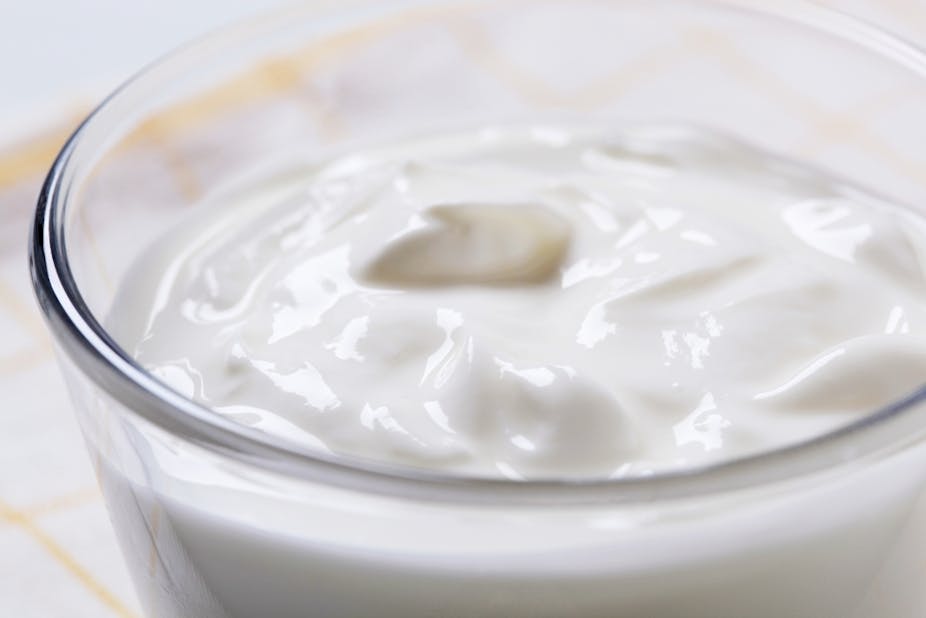Vaginal thrush, or “vulvovaginal candidiasis” is a common condition, with around three-quarters of women experiencing an episode in their lifetime.
Many readers may be familiar with the unpleasant symptoms of vaginal thrush – vaginal itching and burning, “cottage cheese” discharge with a yeasty smell, inflammation of the vagina and vulva, and pain while passing urine or having sex.
Most cases of thrush are uncomplicated and are due to an overgrowth of a yeast called Candida albicans. It is normal for Candida to be present in small numbers in the bowel, mouth, skin and vagina.
Reasons why there may be an overgrowth of Candida include:
- hormonal changes, such as pregnancy or starting on the oral contraceptive pill
- diabetes
- suppression of the immune system, such as HIV infection or chemotherapy for cancer
- antibiotic treatment
In a survey of Australian women in general practice waiting rooms, a third reported experiencing thrush after antibiotics at some stage. Conceptually, antibiotics can kill bacteria that normally live in the vagina while Candida, a fungus not a bacteria, tends to be unaffected. With less competition, the Candida can overgrow, leading to the symptoms of thrush.
This leads us to yoghurt. A quick Google search reveals links to websites giving interesting and varied health advice. But the basic rationale is consistent: yoghurt is effective because it contains “good bacteria”, Lactobacillus. The idea is that in using yoghurt (by eating it, and/or by applying it directly to the vagina and vulva) the “good” bacteria will help fight off the “bad” Candida.
There is some biologic plausibility in this idea, though there is more than a smattering of sympathetic magic with how it is portrayed. However, the medical establishment shouldn’t be too smug – medical treatments for “vaginitis” a century ago was positively barbaric!
A number of highly unpleasant astringent chemicals were recommended (though curiously, boric acid has stood the test of time and is still used for types of complicated or recurrent vaginal thrush).
As many as 40% of the women in the aforementioned survey who had experienced vaginal thrush tried using yoghurt to cure or prevent thrush.

So what is the evidence?
It is important to recognise that there is a relative paucity of clinical evidence. A small (and flawed) trial from 1992 did seem to find that eating yoghurt helped, but neither yoghurt nor probiotic suppositories were demonstrated to decrease the recurrence of vaginal thrush in subsequent randomised controlled trials.
An Australian randomised placebo-controlled trial testing to see whether oral or vaginal lactobacillus can help prevent thrush after antibiotics was similarly disappointing – neither appeared to be effective, though the author remarked that some women find that “yoghurt has a cool soothing effect” and this might be a reason to use it.
In terms of recommended treatments, there are now effective therapies that are available without prescription at community pharmacies, including once-only treatments. These treatments are antifungal medications that target Candida.
For the typical acute and uncomplicated types of vaginal thrush, these treatments are effective at least 80% of the time. If they don’t, it’s time to see your regular general practitioner.

